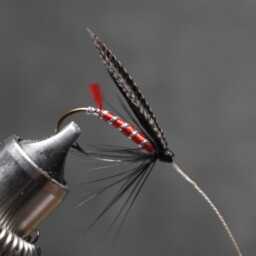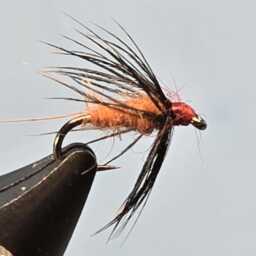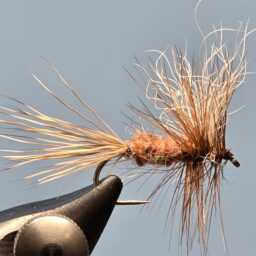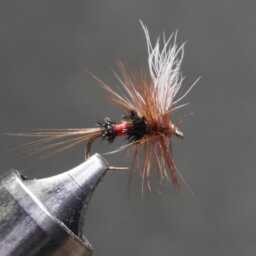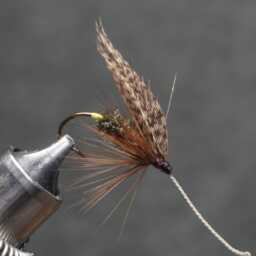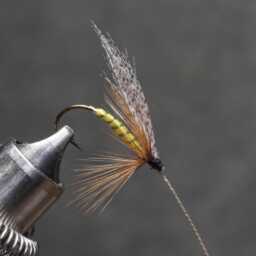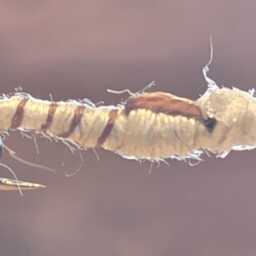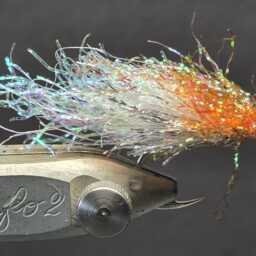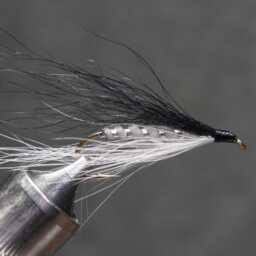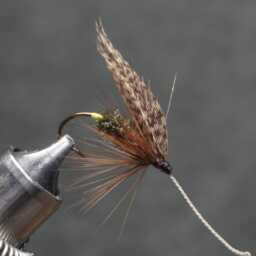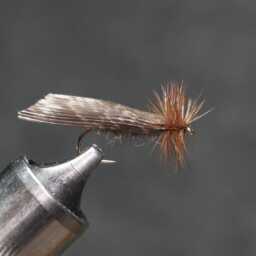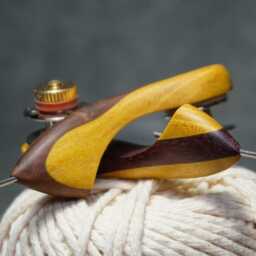Barn owl and Tawny feathers have been used as soft hackles on spider patterns as the small mottled mottled brown hackles have excellent movement in the water. The base of the feathers has a blue tint and at one time was used for dubbing. The wing feathers, both primary and secondary, were used for wings on large night flies.
The barn owl (Tyto alba) holds the distinction of being the most widely distributed owl species globally and one of the most prevalent among all birds, excluding polar and desert regions, parts of Asia, some Indonesian islands, and certain Pacific Islands. Also known as the common barn owl, it is a member of the Tytonidae family, forming one of the two main lineages of living owls alongside the typical owls (Strigidae).
There are three major lineages of barn owls: the western barn owl in Europe, western Asia, and Africa; the eastern barn owl in southeastern Asia and Australasia; and the American barn owl in the Americas. Taxonomic classifications vary, with some authorities recognizing up to five separate species, requiring further research for consensus.
Characterized by a mottled shade of grey or brown plumage, the barn owl exhibits considerable size and color variation among its approximately 28 subspecies. Typically measuring between 33 and 39 cm in length, with wingspans ranging from 80 to 95 cm, it features a heart-shaped, white face and emits an eerie screech instead of hooting.
Nocturnal over most of its range, the barn owl, in Great Britain and certain Pacific Islands, also hunts by day. Specializing in ground hunting, these owls primarily feed on small mammals, utilizing their acute hearing for location. Breeding takes place throughout the year, resulting in clutches of about four eggs, often laid in nests in hollow trees, old buildings, or cliff fissures.
In terms of physical characteristics, the barn owl is medium-sized with pale coloration, long wings, and a short, squarish tail. Notably, the shape of the tail distinguishes it from typical owls when observed in flight. The face’s heart shape, black eyes, and undulating flight pattern contribute to its distinctive appearance.
Both leucistic and melanistic barn owls have been observed, with melanistic individuals occurring at estimated odds of 1 in 100,000 birds. Males tend to have fewer spots and are paler than females within a population. Contrary to popular belief, barn owls do not hoot; instead, they produce a characteristic piercing scream and various other vocalizations for communication and defense.
« Back to Glossary Index
